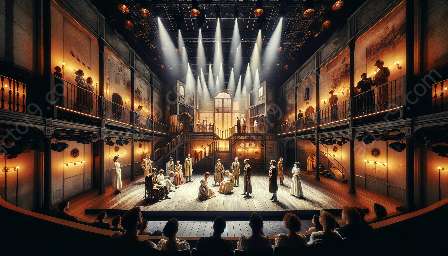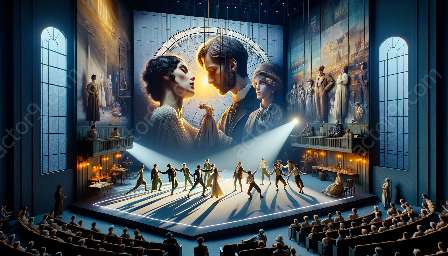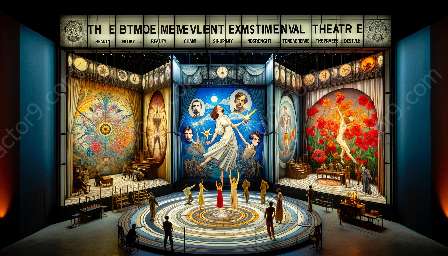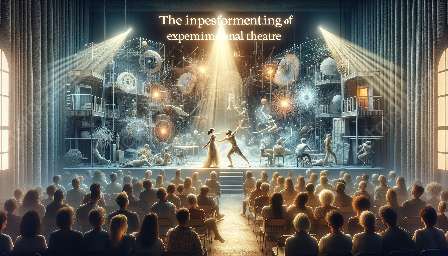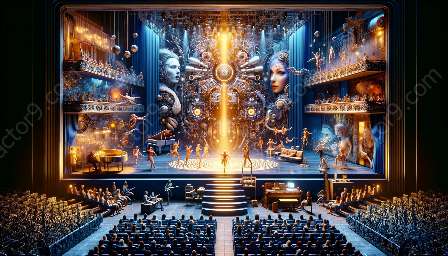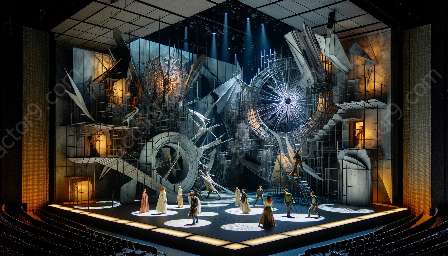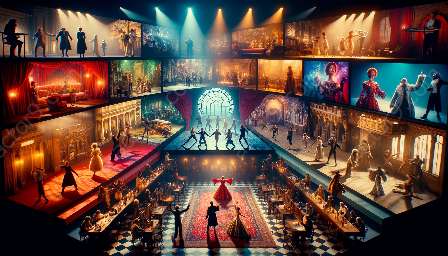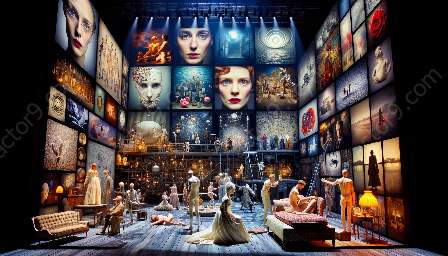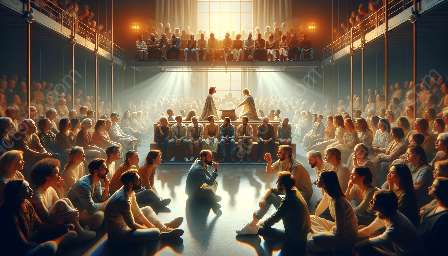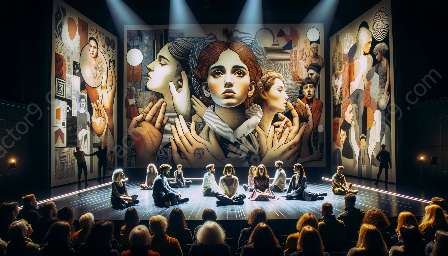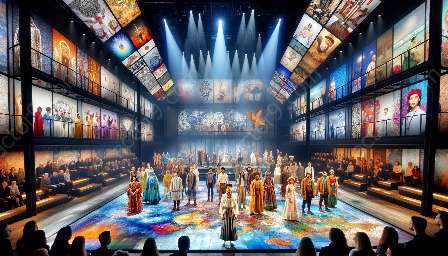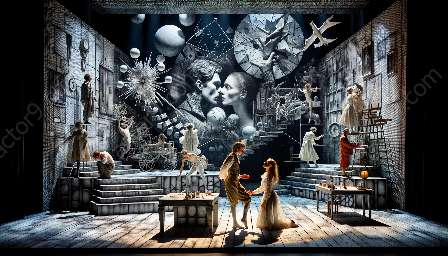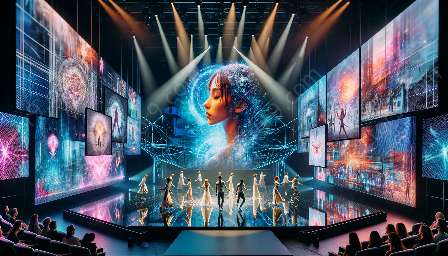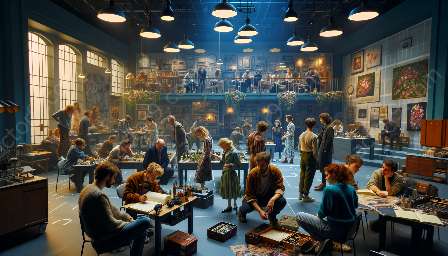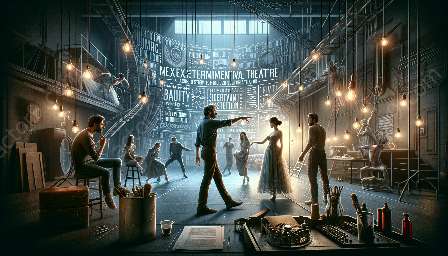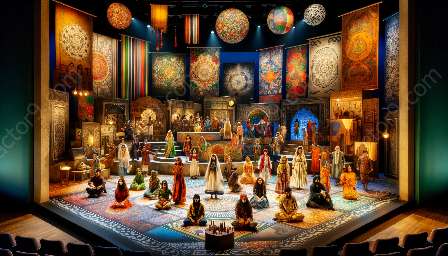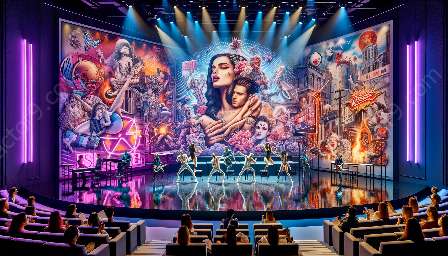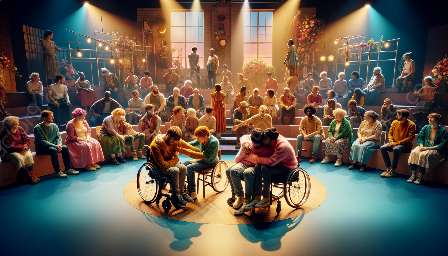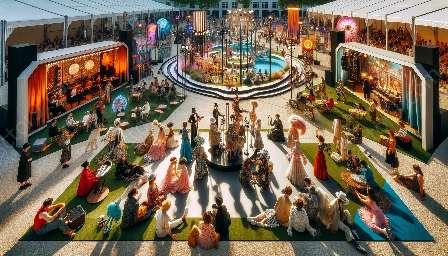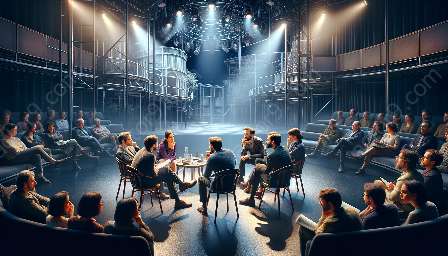Experimental theatre is a dynamic and innovative form of live performance that challenges traditional theatrical conventions. It often incorporates non-traditional elements, pushing boundaries and exploring new approaches to storytelling and expression. In the context of experimental theatre, the incorporation of physical theatre elements adds a layer of dynamic and immersive experience for both performers and audience members. This article will delve into the ways in which experimental theatre integrates elements of physical theatre and the key themes it explores.
Understanding Experimental Theatre
Before examining how physical theatre is incorporated into experimental theatre, it is essential to grasp the fundamental concepts of experimental theatre. Experimental theatre is characterized by its unconventional approach to performance, often prioritizing expression and exploration over traditional narrative structures. It seeks to disrupt the status quo and challenge societal norms, resulting in thought-provoking and boundary-pushing experiences for the audience.
Themes in Experimental Theatre
As we explore the integration of physical theatre elements into experimental theatre, it is crucial to understand the themes that often take center stage in this form of expression. The themes in experimental theatre are diverse and can range from social and political commentary to the exploration of human emotions and existential questions. Some common themes include identity, power dynamics, gender roles, and the nature of reality. Experimental theatre serves as a platform for these themes to be dissected and presented in innovative and sometimes confrontational ways.
Incorporating Physical Theatre Elements
Physical theatre is a performance style that emphasizes the use of the body as a primary means of storytelling. It often combines elements of dance, movement, and gesture to convey emotions and narratives, relying less on verbal communication. When incorporated into experimental theatre, physical theatre adds a visceral and immersive dimension to the performance, allowing actors to express themselves in unconventional and captivating ways. This integration of physical theatre elements can range from fluid and expressive movements to intense and confrontational physical interactions among performers.
The Dynamic Nature of Physical Expression
One of the key aspects of integrating physical theatre elements into experimental theatre is the dynamic and diverse nature of physical expression. Physical theatre provides a rich vocabulary for performers to communicate complex emotions, ideas, and narratives without relying solely on words. This allows for a multi-dimensional storytelling experience that can transcend language and cultural barriers, creating a universal connection with the audience.
Embracing Innovation and Risk-Taking
Experimental theatre thrives on pushing boundaries and embracing risk-taking, and the incorporation of physical theatre elements aligns with this ethos. It encourages performers to experiment with unconventional movement patterns, non-linear narratives, and avant-garde choreography, fostering an environment of creative exploration and expression. This commitment to innovation and risk-taking ensures that experimental theatre remains a vibrant and forward-thinking art form.
Immersive Audience Engagement
Another significant impact of incorporating physical theatre elements into experimental theatre is the heightened level of immersive audience engagement. Physical performances have the potential to create visceral and sensory experiences for the audience, eliciting strong emotional responses and deep connections. By breaking down the barriers between performers and audience members, physical theatre elements contribute to a more intimate and participatory theatrical experience.
Pushing Boundaries of Perception
Physical theatre in experimental contexts challenges the audience's conventional perceptions of performance and storytelling. By presenting narratives and emotions through physicality, experimental theatre offers a fresh perspective that encourages viewers to engage with the performance in a more interactive and introspective manner. This departure from traditional theatrical modes of communication fosters a sense of openness and exploration among the audience.
Conclusion
Experimental theatre is a fertile ground for the integration of physical theatre elements, creating a dynamic and immersive platform for the exploration of diverse themes and expressions. By embracing physicality as a primary mode of storytelling, experimental theatre pushes the boundaries of traditional performance and challenges audiences to engage with narratives in new and thought-provoking ways. The interplay of physical theatre in experimental theatre not only enriches the performative experience but also contributes to the ongoing evolution of contemporary theatrical expression.

